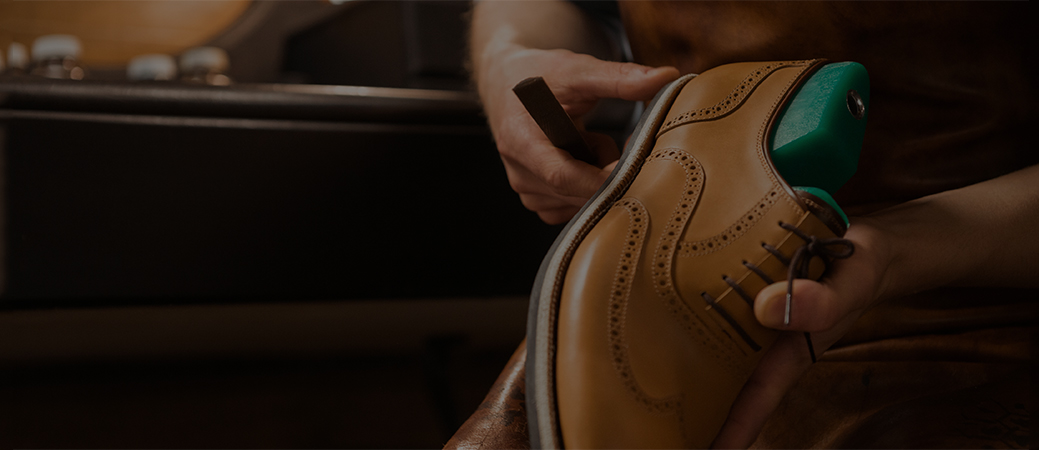Introduction
The luxury market has evolved, and understanding the desires and preferences of consumers is essential for brands to thrive. In this comprehensive article, we will delve into the factors that shape consumer expectations, examine emerging habits, and highlight the strategies that can help brands meet and exceed those expectations.

An image of a customer, experiencing the quality and craftsmanship of a handbag.
Consumer Expectations in the Premium Market
Consumers in the premium leather footwear and handbags industry have high expectations that extend beyond mere functionality. They seek products that embody luxury, craftsmanship, and exclusivity. Key factors influencing consumer expectations include:
- Quality Craftsmanship: Discerning consumers prioritize products crafted with meticulous attention to detail, utilizing the finest materials and demonstrating superior craftsmanship. They expect products that exhibit durability, longevity, and timeless appeal.
- Design and Aesthetics: Consumers desire aesthetically pleasing products that make a statement. They seek unique designs, innovative elements, and the perfect blend of classic elegance and contemporary flair. Attention to design details, such as hardware, stitching, and embellishments, plays a significant role in attracting consumers.
- Ethical and Sustainable Practices: With the rising awareness of environmental and social responsibility, consumers increasingly expect brands to demonstrate ethical and sustainable practices. Transparency in sourcing, responsible production methods, and the use of eco-friendly materials are crucial considerations for discerning buyers.
Consumer Habits: The Digital Influence
Digitalization has transformed the way consumers engage with luxury brands in the leather footwear and handbags industry. Key consumer habits influenced by digital platforms include:
- Online Research: Consumers conduct extensive online research to gather information about brands, product reviews, and pricing. They seek transparency and rely on digital platforms to make informed purchase decisions.
- Omni-Channel Shopping: Consumers often engage in omni-channel shopping experiences, seamlessly transitioning from online browsing to in-store visits. They appreciate a seamless, personalized, and consistent brand experience across various touchpoints.
- Social Media Influence: Social media platforms play a pivotal role in shaping consumer habits and preferences. Consumers rely on influencers, brand collaborations, and user-generated content to discover trends, seek inspiration, and validate their purchase decisions.
Strategies to Meet Consumer Expectations
To meet and exceed consumer expectations, brands in the premium leather footwear and handbags industry can adopt the following strategies:
- cEmphasize Craftsmanship and Quality: Brands should highlight their commitment to exceptional craftsmanship, premium materials, and attention to detail. Transparent communication about production processes and quality standards instills trust and reinforces the value proposition.
- Embrace Sustainability: Integrating sustainable practices throughout the supply chain demonstrates a brand’s commitment to environmental and social responsibility. Brands should invest in eco-friendly materials, ethical sourcing, and responsible manufacturing techniques to align with consumer values.
- Personalization and Customization: Offering personalized experiences and customization options cater to consumers’ desire for unique products. Brands can embrace technologies like 3D printing and augmented reality to provide tailored designs, fittings, and personalized touches.
Conclusion
Understanding consumer expectations and habits is vital for success in the premium leather footwear and handbags industry. Consumers seek exceptional craftsmanship, unique designs, and sustainable practices. They engage with brands through online research, omnichannel experiences, and social media influence. To meet consumer expectations, brands must emphasize quality, embrace sustainability, and offer personalized experiences.
By aligning their strategies with these consumer preferences, brands can establish a strong connection with their target audience, foster brand loyalty, and drive long-term success. In an evolving digital landscape, it is crucial for brands to stay attuned to consumer expectations, adapt to emerging habits, and continuously innovate to deliver exceptional products and experiences.
At Antonio Venucci, we encourage brands to embrace consumer-centric approaches and leverage digital platforms to forge meaningful connections with their audience. By staying ahead of evolving trends and understanding the desires of consumers, brands can thrive in the competitive landscape of the premium leather footwear and handbags industry.
References
- Kaplan, A. M., & Haenlein, M. (2010). Users of the world, unite! The challenges and opportunities of Social Media. Business Horizons, 53(1), 59-68. doi:10.1016/j.bushor.2009.09.003
- Ng, I. C., & Smith, L. A. (2012). Exploring the Antecedents of Consumer Expectations in the Luxury Fashion Industry. Journal of Fashion Marketing and Management, 16(2), 180-199. doi:10.1108/13612021211224658
- Pitt, L. F., Berthon, P., & Watson, R. T. (2002). U-Commerce: Expanding the Universe of Marketing. Journal of the Academy of Marketing Science, 30(4), 333-347. doi:10.1177/009207002236911





